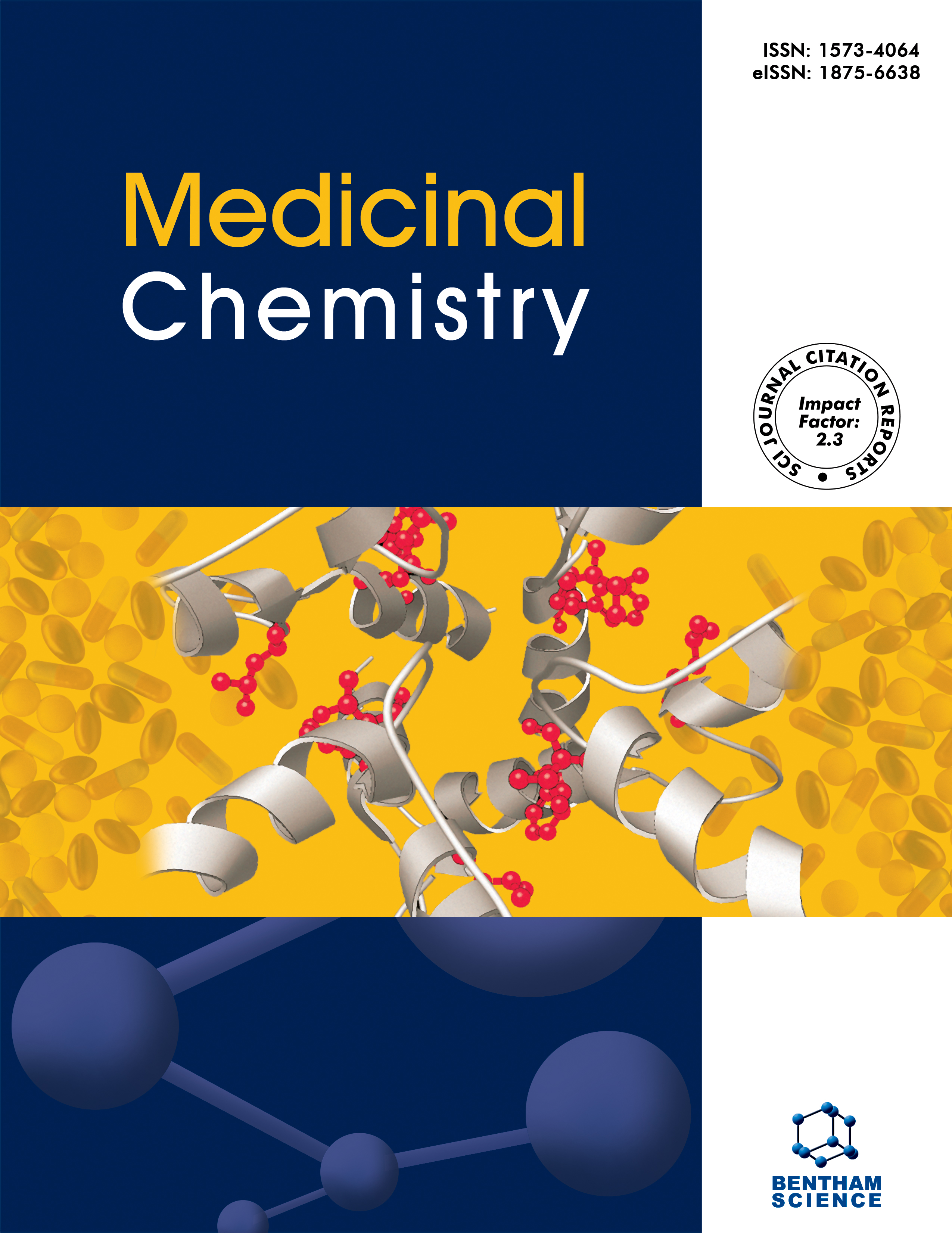
Full text loading...
We use cookies to track usage and preferences.I Understand
Nowadays, use of phosphate modifications in oligonucleotide backbone has become a common approach for imbuing its structure with the desired beneficial properties. The recent advances in successful application of different classes of phosphate modifications in the design of therapeutic oligonucleotides have led to a renewed interest in the development of approaches for introducing diverse classes of phosphate modifications.
This study aims to investigate the efficiency and optimize protocols for the application of the iodine-amine oxidation reaction to produce various N-alkyl phosphoramidate oligonucleotide derivatives during the conventional solid-phase phosphoramidite synthesis method.
Various solvents and drying reagents were tested, and it was evaluated that even minor traces of water in a reaction mixture had a significant impact on yield. Using set of commercially available amines, it was shown that steric accessibility is a more critical parameter than nucleophilicity of the amino group in oxidative amination reaction. It was demonstrated that through use of amino alcohols and diamines during iodine-amine oxidation step various branched oligonucleotide structures can be synthesized.
The obtained data indicates that the oxidative amination approach can be a promising tool for preparing various oligonucleotide derivatives during solid-phase synthesis without the use of specialized phosphoramidite monomers.

Article metrics loading...

Full text loading...
References


Data & Media loading...
Supplements

